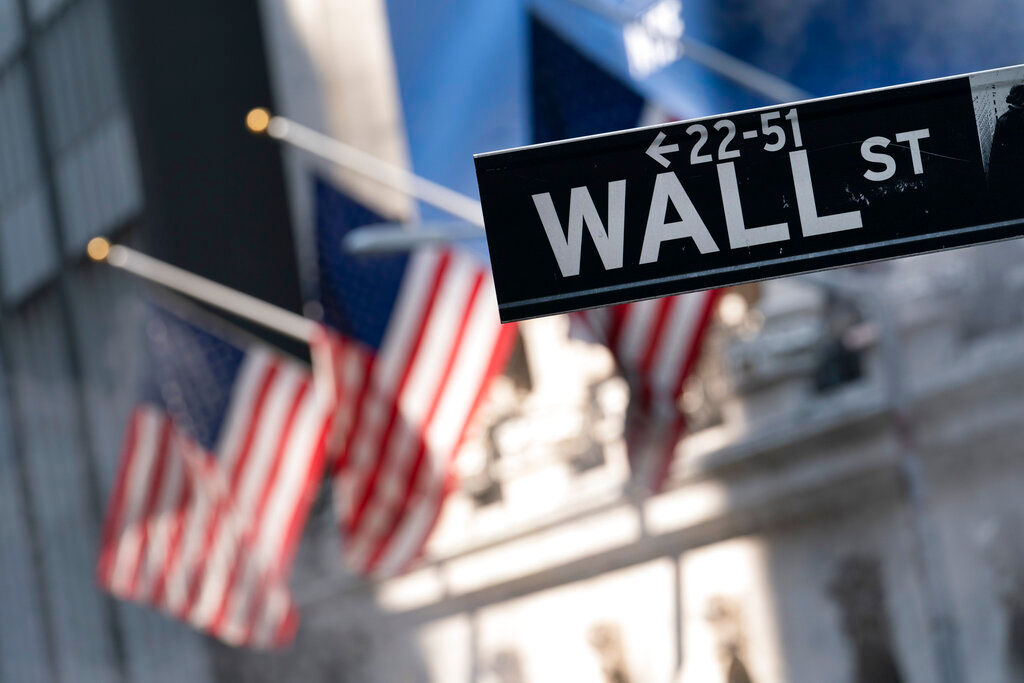Stocks turned lower in morning trading on Wall Street Thursday as investors struggle to determine some direction for markets amid consistent volatile trading.
The S&P 500 fell 6.35 points or 0.15% to 4,109.42 as of 10:17 a.m. Eastern Time Zone. The Dow Jones Industrial Average fell 74.04 points or 0.22% to 32,386.86. The Nasdaq Composite fell 15.50 points or 0.13% to 12,070.78.
Also Read | Online cosmetics retailer Purplle turns unicorn after $33 million fundraise
Banks and health care companies declined sharply. Capital One fell 1.7% and Eli Lily slid 1.1%
Retailers and makers of consumer goods gained ground. Dollar General rose 1.3% and Costco surged 2.1%.
Bond yields turned higher. The yield on the 10-year Treasury increased to 3.04% from 3.02% late Wednesday.
Also Read | Capitol riots hearing: Who all are part of Jan 6 panel and what are their roles?
Major indexes have been swinging between gains and losses, sometimes by the hour. Despite the volatility, they are mostly flat for the week. Overall, the market is still in a deep slump. The benchmark S&P 500 index has declined in eight of the last nine weeks.
Soaring inflation and central banks’ efforts to curb the impact of interest rate hikes remain the key concerns for Wall Street.
Also Read | Twitter shares data with Musk, to hold shareholder vote on sale in August: Report
The Federal Reserve is widely expected to raise its key short-term interest rate by half a percentage point at its meeting next week. That would be the second straight increase of double the usual amount, and investors expect the third hike in July.
The interest rate hikes from central banks are an attempt to slow economic growth enough to control inflation, particularly by reducing pressure from the persistent supply and demand disconnect at the root of the problem.
Also Read | Apple WWDC 2022: All big announcements
Wall Street is concerned that the Fed could go too far or too fast in raising rates and push the economy into a recession, especially with economic growth already slowing.
Businesses have had increased prices on everything from food to clothing. Many have warned about waning demand. Consumers are seeing inflation cutting their pockets and have shifted spending to focus more on necessities or services, like travel, rather than buying discretionary items like electronics or clothing.
Also Read | Walmart heir Rob Walton could buy Denver Broncos for $4.5 billion: Report
Higher gas prices have been putting pressure on both consumers and businesses, raising concerns that inflation could persist. US crude oil prices were relatively stable on Thursday but are up more than 60% this year, with much of the jump stemming from Russia’s invasion of Ukraine.







